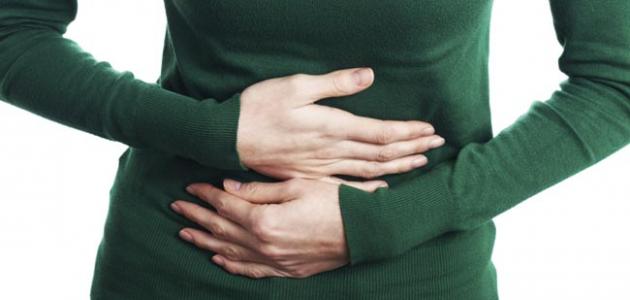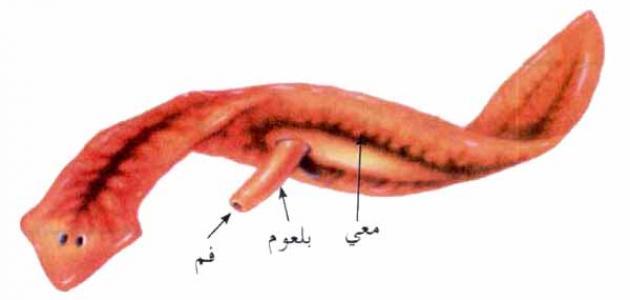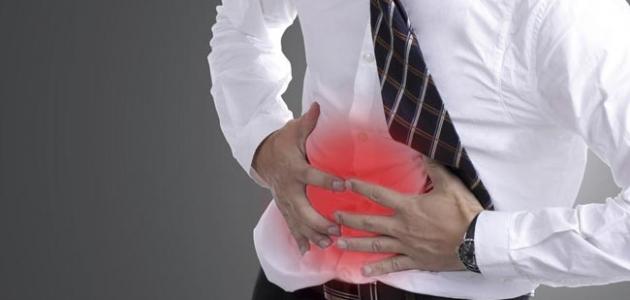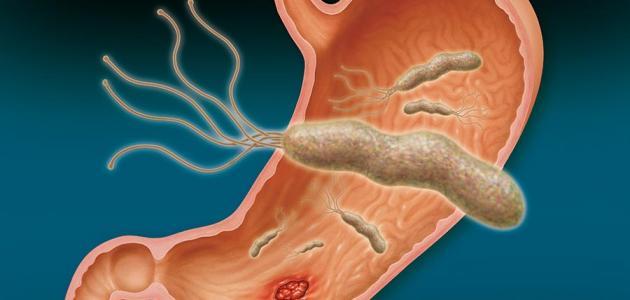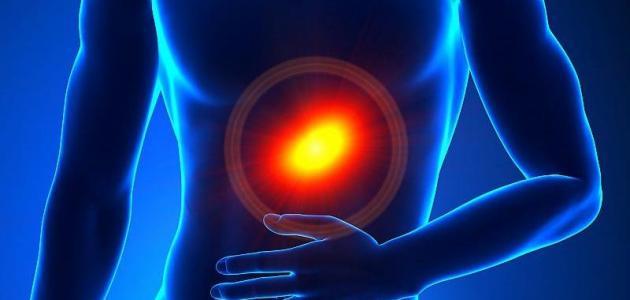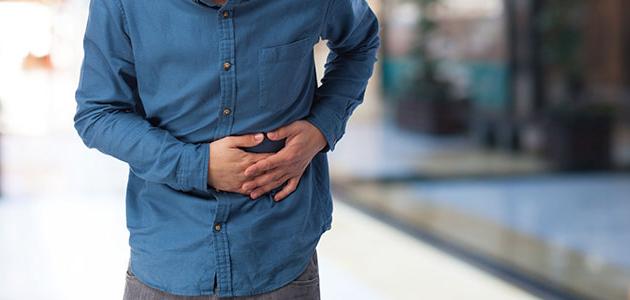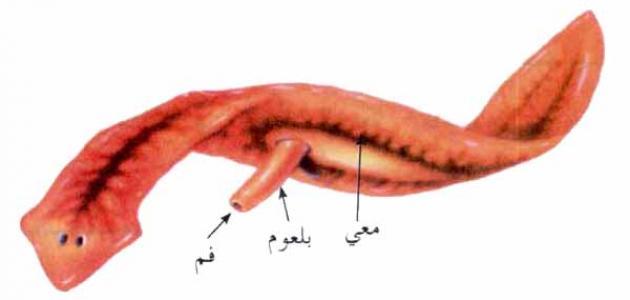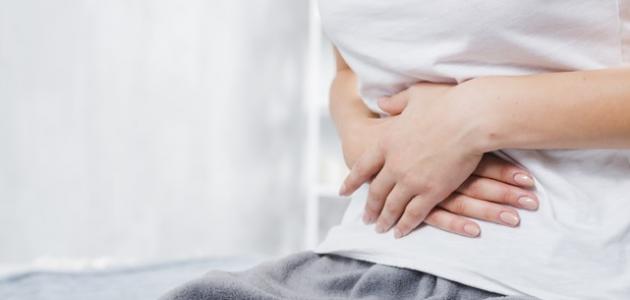Bleeding with stool
The alimentary canal (in English: Gastrointestinal Tract) consists of several parts, namely: the esophagus (in English: Esophagus), stomach (in English: Stomach), small intestine (in English: Small Intestines), large intestine (in English: Large Intestines), in addition to the rectum ( In English: Rectum), and the anus (in English: Anus), and bleeding with stool may result from bleeding in one or more parts of any of them, and the apparent signs and symptoms depend on the location and severity of the bleeding; Red blood in the stool usually indicates bleeding in one of the lower parts of the gastrointestinal tract, such as the colon or rectum, but if the stool is dark in color as a result of bleeding, it may indicate bleeding in the upper colon or in the small intestine, and the bleeding may lead to black stools ( In English: Melena) in some cases resulting from bleeding in the stomach, and it should be noted that blood in the stool may not be visible to the naked eye in what is known as hidden bleeding in the stool (in English: Occult Bleeding), and it can be detected by examining the stool after consulting a doctor. .
Causes of blood in the stool
In fact, the presence of bleeding in the gastrointestinal tract (in English: Gastrointestinal Bleeding) can cause several symptoms and signs to appear in addition to blood in the stool: red or dark brown blood coming out with vomiting, a feeling of heaviness in the head, difficulty breathing, chest and abdominal pain, and to determine the cause. Bleeding, the doctor usually performs several laboratory tests, in addition to taking the patient’s medical history, conducting a physical examination (in English: Physical Exam) to assess his general health condition, and diagnose the causative health problem, and the following is a statement of some of the most prominent cases that cause bleeding with stool:
Read also:Left abdominal pain- Peptic ulcer: Gastric acid (in English: Stomach Ulcer) resulting from a bacterial infection or some anti-inflammatory drugs may lead to the formation of ulcers in the lining of the stomach or in the upper part of the small intestine, and it should be noted that these ulcers are the most common cause of upper bleeding of the duct. common gastrointestinal.
- Mallory Weiss Syndrome: (in English: Mallory-Weiss syndrome), which is a syndrome of rupture of the esophagus; It is the part between the throat and the stomach, and this condition causes severe bleeding in the gastrointestinal tract, and this syndrome is the main cause of gastrointestinal bleeding resulting from excessive drinking of alcohol.
- Benign colon polyps: Colon polyps are small clumps of cells gathered in the lining of the colon that appear as bumps, and can cause bleeding in the gastrointestinal tract, although polyps are usually not dangerous, but they can be cancerous at times.
- Hemorrhoids: (in English: Hemorrhoids), which are swellings in the blood vessels extending from the anus, and in addition to the discomfort and discomfort of the patient, hemorrhoids can lead to the emergence of many other symptoms and signs: such as itching, pain, and red blood in the stool, and among the risk factors that may Increase the risk of hemorrhoids: diarrhea (in English: Diarrhea), pregnancy (in English: Pregnancy), in addition to sitting for long periods.
- Inflammatory bowel disease: (In English: Inflammatory Bowel Disease) and includes Crohn's disease (in English: Crohn's Disease) resulting from inflammation of the lining of the gastrointestinal tract, and ulcerative colitis (in English: Ulcerative Colitis); It is inflammation or sores in the colon or rectum.
- Diverticulosis Diverticular disease, which is the appearance of small sacs or bulges in the gastrointestinal tract in what is medically known as diverticulosis, and it is possible that inflammation appears in one of these sacs in some cases, which leads to the development of a condition known as diverticulitis (in English: Diverticular disease). Diverticulitis), and it is believed that diverticular disease may be caused by eating a diet that does not contain sufficient amounts of fiber (in English: Fibers), which leads to weakness in the colon wall.
- Tumors: Benign tumors or cancerous tumors in any of the esophagus, stomach, colon, or rectum may lead to weakness in the wall of the gastrointestinal tract, and thus bleeding.
- anal fissure: (in English: Anal Fissure), which are skin cracks resulting from the expansion of the skin surrounding the anus; As a result of constipation (in English: Constopation) or the passage of large and very hard stools, and in addition to the occurrence of blood with the stool, it is possible that the anal fissures cause a feeling of tearing or burning when defecation, and it should be noted that the anal fissures usually disappear on their own without the need for treatment, as It is the most common cause of blood in the stool in children.
- False bleeding: Dyes and colors found in some types of food, such as red gelatin and beets, may change the color of the stool to red, which leads people to believe that the stool contains blood.
Treatment of bleeding with stool
In fact, bleeding leading to blood in the stool results in blood loss as well, which causes some symptoms and signs to appear: such as low blood pressure, dizziness, and general physical weakness, and people with severe blood weakness usually need to be hospitalized. The hospital to receive fluids and blood transfusion (in English: Blood Transfusion) before conducting the necessary tests to determine the location of the bleeding and choosing the appropriate treatment, and it should be noted that if the weakness of the blood is of mild severity, the necessary tests can be performed after giving the patient iron supplements (in English: Iron Supplements) without the need for admission to the hospital.
Read also:How to drink castor oil to clean the stomachTreatment of bleeding usually begins with stopping it, and an endoscopy can be performed in the bleeding area to inject drugs, or close the bleeding blood vessel with a ligature, or treat the area with laser or expose it to an electric current, and angiography can also be performed To inject the medication used to control bleeding if endoscopy is not successful. After stopping the bleeding, the necessary treatment steps are taken to treat the cause. This may be by giving antibiotics, or anti-inflammatory drugs, or those used to reduce stomach acids, and some cases may require surgery: such as cases of benign polyps, cancer, diverticulitis, and inflammatory bowel disease, and it should be noted that Home treatment may be necessary in some cases: such as following a diet rich in fiber to relieve constipation that causes hemorrhoids and anal fissures, in addition to sitting in hot or warm bathtubs.
Read also:What is the treatment for flatulence?